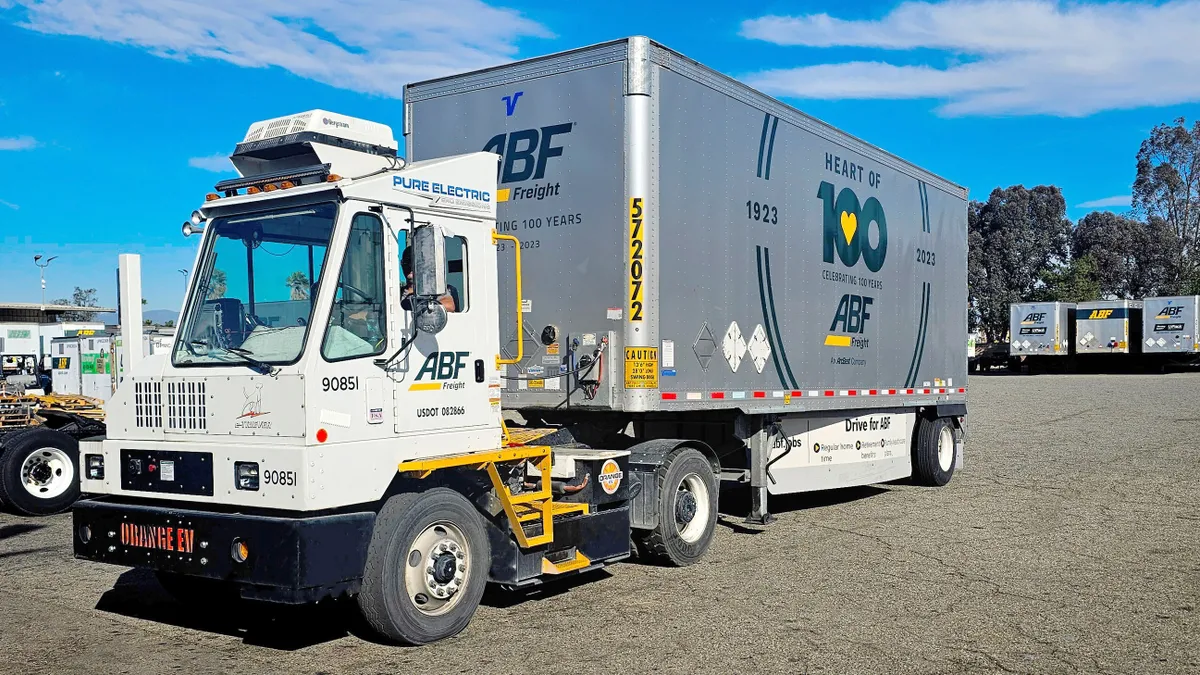Lanny Fleming began his career with Roadway Express in 1977. He was with American Freightways and FedEx Freight for 20 years, and UPS Freight for six.
I learned many lessons during my career. One that comes to mind is the definition of broker. While the word has a specific definition and role in the shipping industry, I discovered it varies greatly in application of practice.
My first introduction to brokers was a disenfranchised sales representative who became aligned with a major customer of his former employer. I ran across several others like this person in the early days of my sales career. But because the industry was regulated, price was never brokered — only the service and its provider.
I was managing a freight terminal on the West Coast during the early days of deregulation and barely noticed the emerging brokering industry. I recall working with some fledgling entrepreneurs and former sales representatives who managed to gather small followings. At that time, I wasn’t aware of what brokerage expansion might be occurring elsewhere around the country. However, seeing a proliferation of brokerages in TL, air, ocean and small package shipping, it appeared inevitable LTL brokerage would soon follow.
The third party or 3PL industry appeared to grow proportional to the aggressiveness of carrier discounts. From a third party perspective, the availability of larger discounts provided cover to resell discounts to the small/mid-size customer that were less than what the carriers themselves offered to the same customer. From here the era of margin redistribution from carrier to broker was launched. It had evolved into a lose-win-lose proposition with the carrier and customer as the bookends for the broker’s growing margins.
As this third party industry evolved, it wasn’t long before numerous branches developed. There were 3PLs who created an LTL rate brokerage to supplement their logistics management fees. This business was steady with a controllable freight mix. In other words, you knew the characteristics of the freight loading on your trucks, which allowed for reasonable and compensable pricing.
Then there was the legitimate broker. I added legitimate to this group because I believed they were honest about their model, although many of the legitimate brokers still hid their actual mark-ups from their customers.
Rogue brokers were another group. Sometimes carriers do business with these rogue brokers unaware of the true relationship. These brokers operate in the shadows, developing what I would describe as work-around pricing with other rogue brokers. In this scenario, one rogue broker negotiates a discount with a carrier giving the carrier a fictitious customer or freight profile designed to attract the best rate. Once a contract is signed, this rogue broker talks to another rogue broker and so on. These other rogue brokers then resell the discount to other customers shipping assorted commodities. I recall seeing a flier reselling my discount intended for class 50–77.5 shippers to brokers who had customers shipping class 250+ commodities. It took several months to uncover the deception because our costing model required time to reflect the revenue quality deterioration. Not all carriers had analysis tools like I did, so I wondered if other carriers would catch on whether this was happening to them or not.
A TL broker desiring to add an LTL brokerage later came to me seeking comparable rates to our largest brokers. As we practiced strict control over these rate levels their request was declined. But eventually I noticed we were doing more than $1 million in revenue with them. Further investigation found they became agents for a large LTL broker.
I was intrigued and Googled “cheap LTL rates.” That search turned up 34 web pages of opportunities for discounted LTL rates, several of which included my employer as one of the available carriers. Of course I could find no established pricing relationship with these brokers and they certainly never gained authority to display our logo on their websites.
Carriers should be mindful. If you don’t monitor how your brokers are applying your discounts, you may find yourself doing business with undesirable customers and shady brokers who are bleeding your margins without you knowing.
If you choose to engage with brokers, the best practice is always to know with whom you are doing business and how they intend to do business with you.





















